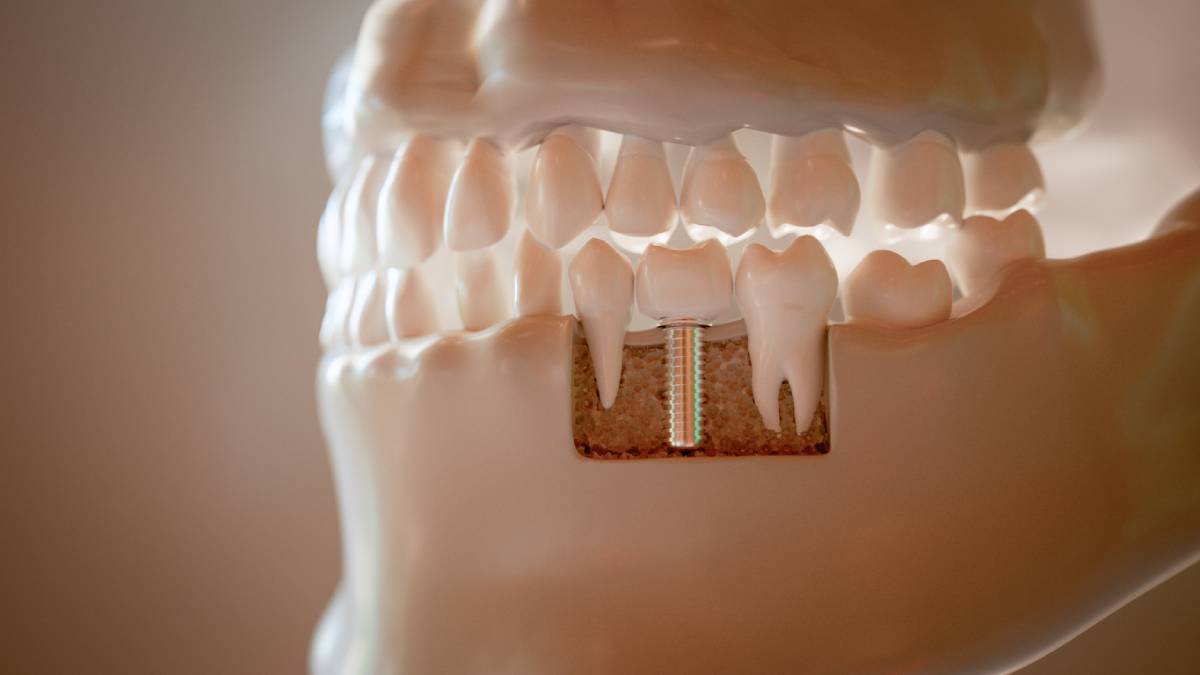Dental implants are artificial teeth that look natural in the mouth and allow up to 90% of natural bite force, which makes them one of the most sophisticated modern dental restorations. But what are the main types of dental implants, and which option is the most suitable for you? In this article, we address this question.
What Are the Main Types of Dental Implants?
Dental implants typically consist of a metal post (made of titanium), a dental crown, and an abutment, which connects the crown to the implant. In the majority of cases, the metal screw-like post is surgically placed into the jawbone and represents the roots of your natural tooth. However, this might differ depending on the type of implant chosen to accommodate your specific needs and oral health considerations.
The main types of dental implants include:
Endosteal Implants
Endosteal implants are the most common type of implants. This type of dental implant is placed into the jawbone and is used when there is sufficient bone structure and density to support it.
Endosteal Implant With Bone Augmentation
Sufficient jawbone density is essential for an implant to be stable and secure. Some patients may not have sufficient jawbone density due to bone resorption (a condition that occurs when natural teeth are missing for an extended period) or gum disease. In such cases, bone grafting is required before dental implant placement.
During the procedure of bone grafting, an artificial or naturally-derived tissue (graft) is placed in areas where bone structure damage has occurred. The graft prompts regeneration of the bone, making subsequent dental implant placement possible.
Subperiosteal Dental Implants
Subperiosteal implants can be used when there is not enough jawbone density to support an endosteal implant. This type of implant is designed to sit on or above the jawbone and is supported by a custom-fitted metal framework. The framework follows the contours of the jaw and is anchored to the bone using small posts. Subperiosteal implants are not as stable as endosteal implants.
Implant-Supported Bridges
In cases when several teeth in a row are missing, your doctor might suggest an implant-supported bridge. The bridge is supported by one or two implants and literally bridges the remaining gaps. Two implants can support a bridge of three to four teeth.
All-on-4 and 3-on-6
All-on-4 is a method of restoring an entire arch of missing teeth. The principle is similar to implant-supported bridges: the tooth arches are supported by four implants. The 3-on-6 method is used to support three individual dental bridges by six dental implants. This option can provide additional support and stability to the dental restoration.
Zygomatic Implants
Zygomatic Implants can be used for patients with severe bone loss in the upper jaw. This type of implant is placed in the zygoma, or simply the cheekbone, instead of the jawbone. Zygomatic Implants are longer and have a different shape (angled) than the traditional option.
Zygomatic Implants provide secure support for dental crowns without the need for a preliminary bone grafting procedure. However, patients with sinus infections or specific maxillary or zygomatic bone pathologies typically are not candidates for this option.
Same-day Dental Implants
Typically, dental crowns are attached to the implants only after they have sufficiently healed and fused with the jawbone to avoid implant failure. However, in some instances, crowns can be placed immediately after the implant surgery. For example, if you are replacing the front teeth, which are not actively used for chewing food, you can get same-day implants without risks.
Get Dental Implants at Dentistry Riverside
Schedule an appointment with an experienced dentist at Dentistry Riverside. At our office, we utilize high-quality materials and modern techniques to provide our clients with reliable and long-lasting dental implants. We are looking forward to your visit.
